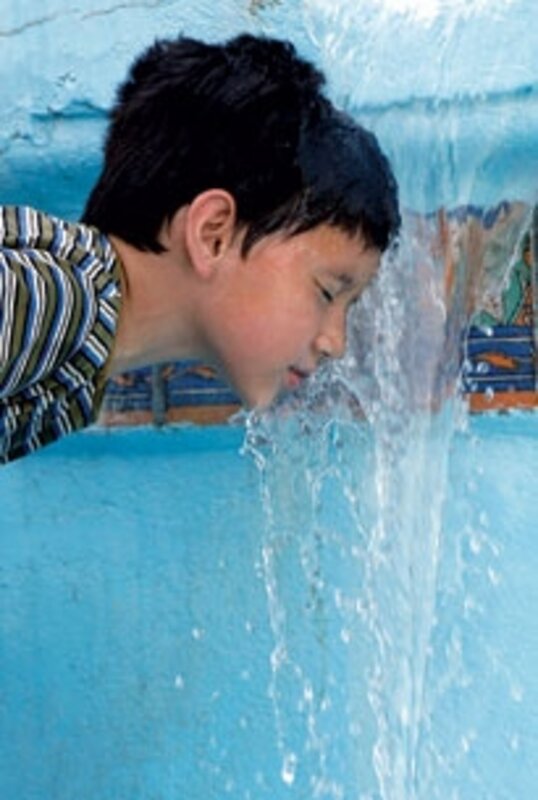More heat, humidity coming to southern California, scientists predict
Loading...
During the summer of 2006, an unusual heat wave rolled through the Southwest. Record temperatures were reported throughout the region. But really it was high humidity that distinguished this heat wave from those in the past.
And it took a heavy toll. In California, more than 600 people died, as did 25,000 cattle – including 1 percent of the state’s milk cows – and 70,000 poultry.
When it was all over, California’s milk production had fallen by 10 percent.
A study in the American Meteorological Society’s Journal of Climate says that heat waves such as this are occurring with greater frequency in the Southwest, and are likely to become more frequent, as the world warms.
Heat waves in southern California tend to come in two varieties: “daytime” heat, which is dry; and “nighttime” heat, which corresponds with high humidity throughout the day.
In the former, temperatures fall when the sun sets. In the latter, there’s no respite, no breather. High humidity means that high temperatures prevail day and night.
Since 1990, these historically less common “nighttime” heat waves have increased in both frequency and intensity, say the study’s authors.
Case in point: the 17-day heat wave during July 2006. It was the most intense measured so far.
Here’s why: Warm waters off Baja California increased humidity. And a lack of convection – the rising of warm air that usually takes excess heat away – kept that hot, humid air close to the ground.
Editor’s note: This article is one of a series of brief updates on environmental studies of interest. For more articles about the environment, see the Monitor’s main environment page, which offers information on many environment topics. Also, check out our and our .




